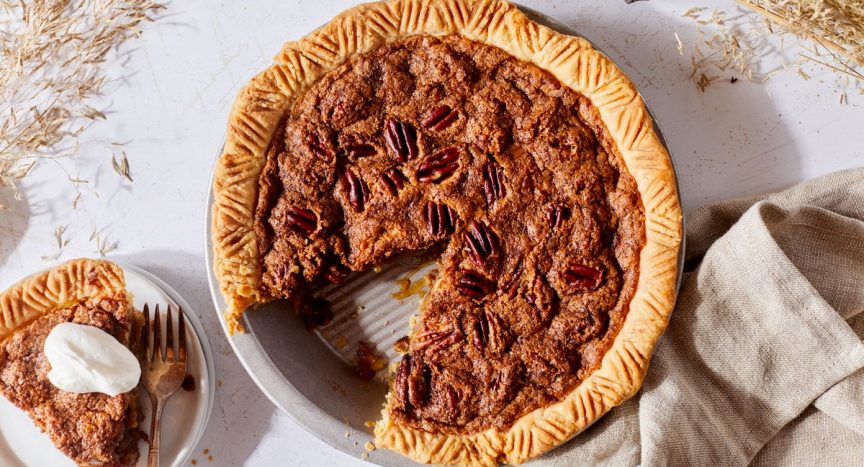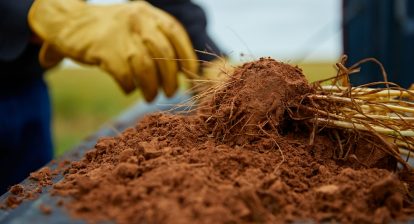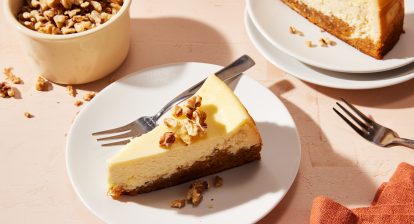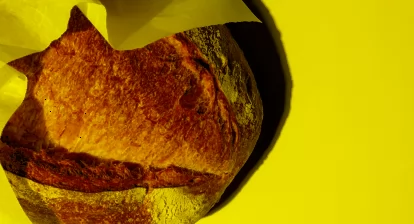Pie pans can be made of glass, metal or ceramic. The biggest difference between these materials is heat transfer. Metal conducts heat more efficiently – in other words, it heats up faster and transfers heat evenly to the surface of the pan – which is why many professionals choose aluminum pans. (Another benefit: Metal pans withstand rapid temperature changes, meaning you can take your pie plate from the fridge to the oven without worrying about it breaking.)
Glass, on the other hand, is an insulator. Because glass slows the flow of heat between the oven air and your dough, it takes longer to heat up than metal—which means your dough takes longer to heat up, too. But once it's hot, it retains that heat well and stays hot longer than metal. For pie, there's another bonus: The sheer material means you can visibly control how brown your crust is getting.
Ceramic pie pans are usually stoneware or porcelain, and they can vary based on the material and how it's made. They can also vary in thickness and therefore heat transfer, so the final performance depends on the brand you're baking with. In general, however, they tend to be slower to transfer heat than more efficient metal pans, although they retain heat well.
The good news: All three types of pans will make great pie that browns nicely, so whatever you have in the kitchen should be fine.
Learn more: Baking Tests: From Metal to Glass to Ceramic, How Does Your Pie Pan Affect Your Crust?







